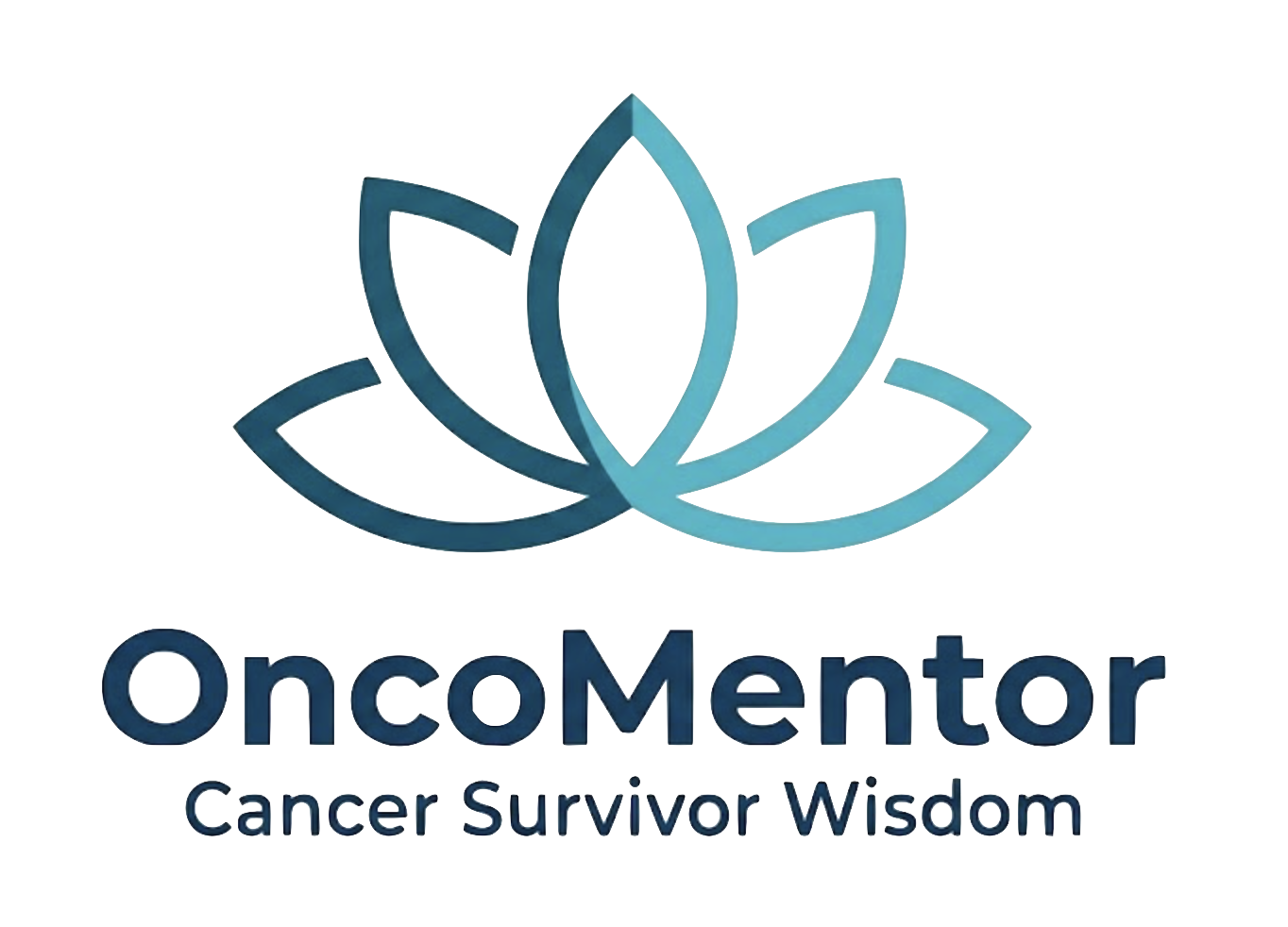Part 2: Chemobrain – A Survivor's Guide to Cancer-Related Cognitive Impairment
Part 2: Unpacking the Science of Why 'Chemobrain' Happens

Part 2: Unpacking the Science of Why 'Chemobrain' Happens
In the first part of this series, we established that the mental haze so many survivors experience—often called “chemobrain”—is a recognized medical condition. The validation that it is not “all in your head” naturally leads to a more complex and urgent question: If this is a real biological phenomenon, what is actually happening to the brain? For years, the answer was elusive, but researchers are now beginning to piece together a compelling picture of the causes.
Scientists now believe that Cancer-Related Cognitive Impairment (CRCI) is not the result of a single factor, but rather a cascade of events—a multi-pronged assault on the central nervous system. A leading theory, supported by a growing body of evidence, points to widespread neuroinflammation. In its effort to attack the cancer, the body’s own immune system can release a flood of inflammatory proteins called cytokines. While essential for fighting disease, these proteins can sometimes act as friendly fire, crossing the protective blood-brain barrier and disrupting the delicate environment where neurons communicate.
This inflammation can be triggered by the cancer itself, even before treatment begins, and is often intensified by therapies. According to research highlighted by the National Cancer Institute, this can lead to a state of chronic, low-grade inflammation in the brain that impairs its ability to function efficiently.
Beyond inflammation, some treatments can cause more direct harm. Certain chemotherapy agents are small enough to pass through the blood-brain barrier and can be directly toxic to brain cells. Studies, including a review in the journal Cancers, have shown these drugs can particularly damage neural progenitor cells—the very cells responsible for creating new neurons and maintaining brain health, especially in areas critical for memory and learning. The result is a slowing of the brain’s natural ability to repair and regenerate itself.
While the term “chemobrain” points to a primary suspect, it is clear that chemotherapy is not the only culprit. As discussed in Part 1, radiation therapy, particularly to the head, can cause similar cognitive effects. Furthermore, hormone therapies used to treat breast and prostate cancers can alter the levels of estrogen and testosterone, hormones that are now known to play a significant role in cognitive functions like verbal memory and processing speed.
This complex biological process does not happen in a vacuum. Researchers have identified several factors that can put a person at higher risk of developing significant CRCI, creating a kind of "perfect storm" in some individuals. Older age is a primary risk factor, as the brain may have less resilience to the toxic effects of treatment. Genetics may also play a role, with some studies suggesting that individuals with a particular gene variant, APOE4 (a known risk factor for Alzheimer's), may be more susceptible to cognitive decline after chemotherapy.
Another critical concept is "cognitive reserve"—the brain's ability to find alternate ways to get a job done. A person who has spent a lifetime building strong neural networks through education and mentally challenging activities may have a deeper reserve to draw upon, potentially masking or compensating for some of the underlying damage.
Finally, while factors like anxiety, depression, persistent pain, and sleep disturbances do not directly cause the cellular damage of CRCI, they are powerful modifiers. They can drain mental energy and exacerbate the symptoms, making the fog feel thicker and more difficult to navigate. Distinguishing between the biological roots of CRCI and these contributing factors is a key challenge, but one that is crucial for finding the right ways to manage it.
Understanding these underlying causes is more than an academic exercise. It helps demystify a deeply personal and often distressing experience, reinforcing that CRCI is a physical consequence of fighting cancer, not a psychological failing.
Now that we have explored the 'why,' the crucial next question is what can be done about it. In Part 3, we will examine the evidence-based strategies and interventions, from cognitive rehabilitation to lifestyle changes, that are helping survivors clear the fog and reclaim their cognitive health.
This article is for informational purposes only and does not constitute medical advice. The content is not intended to be a substitute for professional medical advice, diagnosis, or treatment. Always seek the advice of your physician or another qualified health provider with any questions you may have regarding a medical condition. Never disregard professional medical advice or delay in seeking it because of something you have read in this article.
Mayo Clinic Staff. (2023, January 25). Chemo brain. Mayo Clinic. Available at: https://www.mayoclinic.org/diseases-conditions/chemo-brain/symptoms-causes/syc-20351060
National Cancer Institute. (2023, August 25). Cognitive Impairment in Adults with Cancer (PDQ®)–Health Professional Version. National Institutes of Health. Available at: https://www.cancer.gov/about-cancer/treatment/side-effects/memory/cognitive-impairment-hp-pdq
D'Angelo G, Mandras G, Sapino AC, Piciucco R. Cancer-related cognitive impairment: an up-to-date review. Frontiers in Oncology. 2024;14:1387251. Published 2024 Feb 29. Available at: https://www.frontiersin.org/journals/oncology/articles/10.3389/fonc.2024.1387251/full




